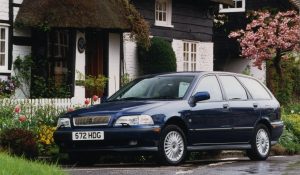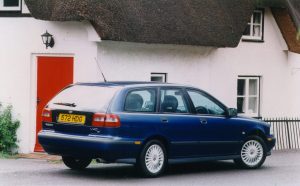Recalls: Volvo Mk.1 V40
Overview
Manufacturers, or importers, issue recalls for defects or faults which have the potential to cause injury. Generally, manufacturers will inform the original buyers if their vehicle is subject to a recall and of the steps required to remedy the defect or fault. Please note that the recalls below (if any) are for Australian-delivered vehicles only. Furthermore, the number of recalls should not be taken as an indication of a model’s reliability or its safety more generally.
Recalls: Volvo Mk.1 V40
- In June 2001, a recall was issued for 2001 model year Volvo V40 vehicles due to a diode in the climate control unit which could fail. As a result, the climate control unit and windscreen demister would stop working (PRA 2001/4800).
- In November 2003, a recall was issued for 2003 and 2004 model year Volvo V40 vehicles because the end cover on the service nipple side of the engine fuel rail could leak fuel – this presented a potential fire hazard and could also cause drivability disturbances (PRA 2003/6593).
Problems and faults: Volvo Mk.1 V40
Overview
This section identifies potential problems, causes and fixes based on the experiences of owners and repairers, online sources and technical service bulletins. This information is provided solely for reference purposes and AustralianCar.Reviews recommends that only properly qualified persons carry out repairs or modifications. Furthermore, the number of items below should not be taken as an indicator of a model’s reliability or the frequency with which they may occur.
To report a problem or fault to the AustralianCar.Reviews team, please use the Contact Us form. Note that AustralianCar.Reviews does not offer advice on automotive problems or disputes; such enquiries will not receive a reply. For vehicles purchased from dealers after 1 January 2011, please see our Australian Consumer Law fact sheet.
Problems and faults: Volvo Mk.1 V40
- For early Volvo Mk.1 V40 models, the bottom front suspension ball joints may wear prematurely and the anti-roll bar mountings can become loose.
- The exhaust-manifold nuts are susceptible to coming loose. If so, the nuts should be replaced with new ones which have captive washers.
- The seat adjustment mechanism may squeak if it is not regularly lubricated.
- The fuel gauge sensor is susceptible to failure.




